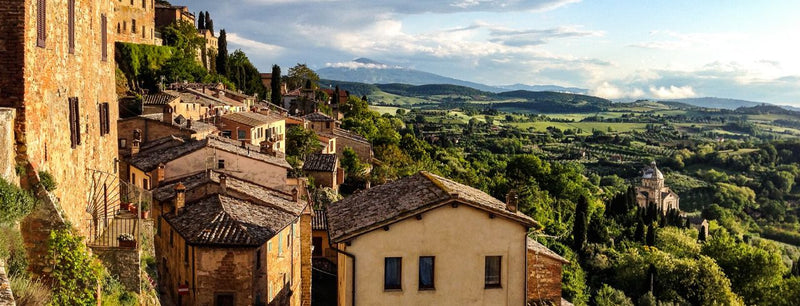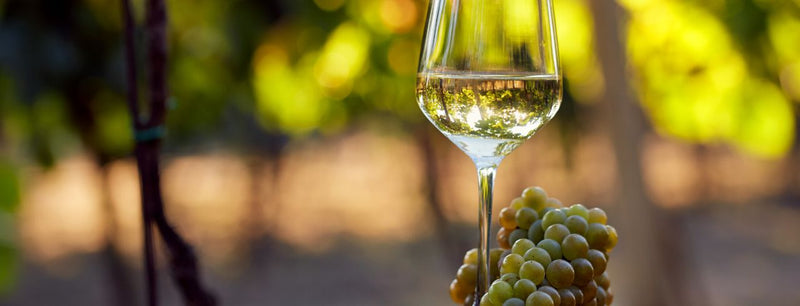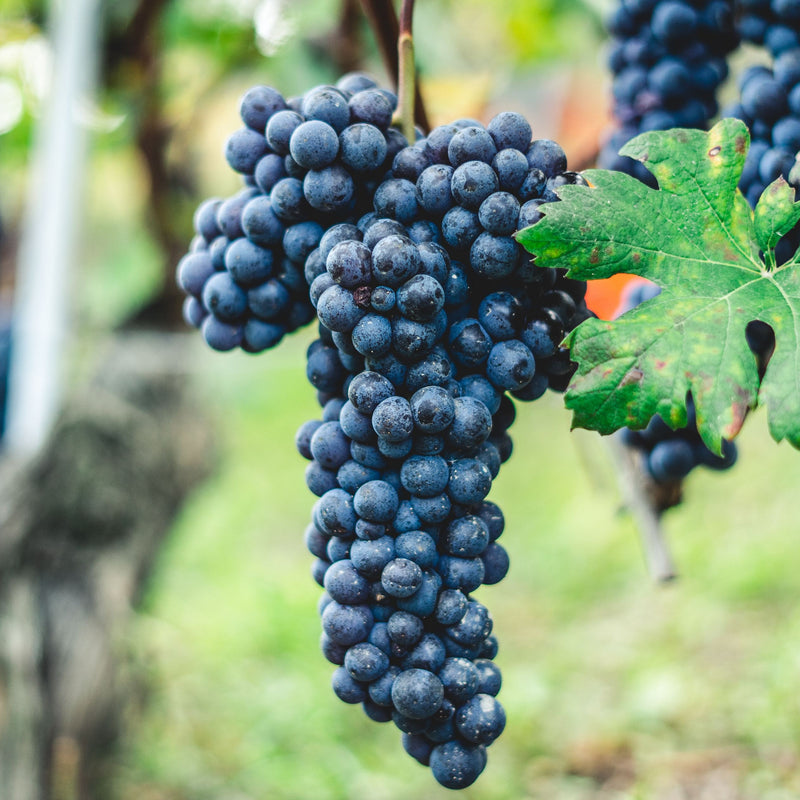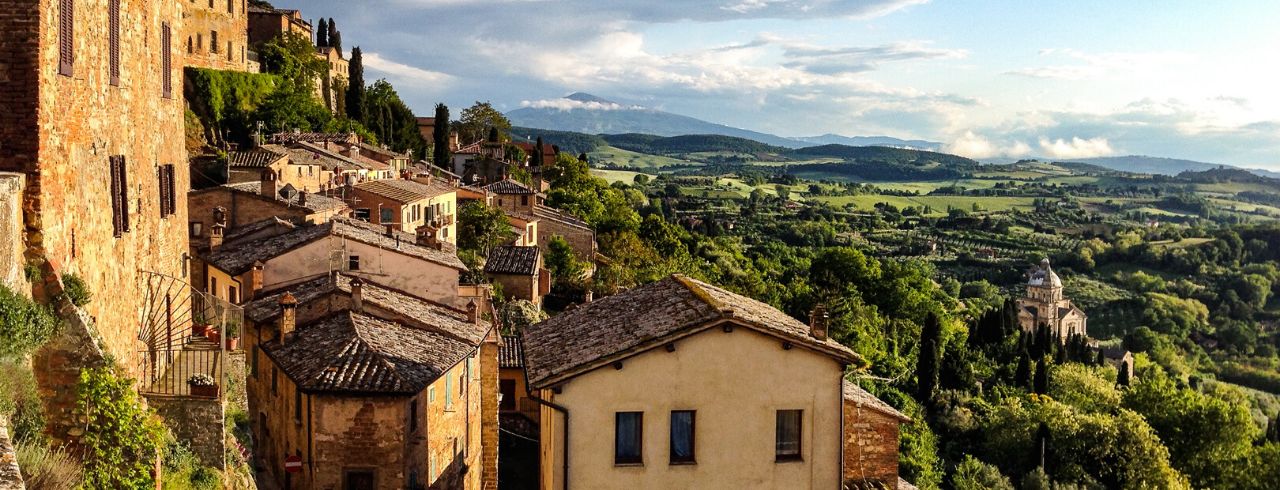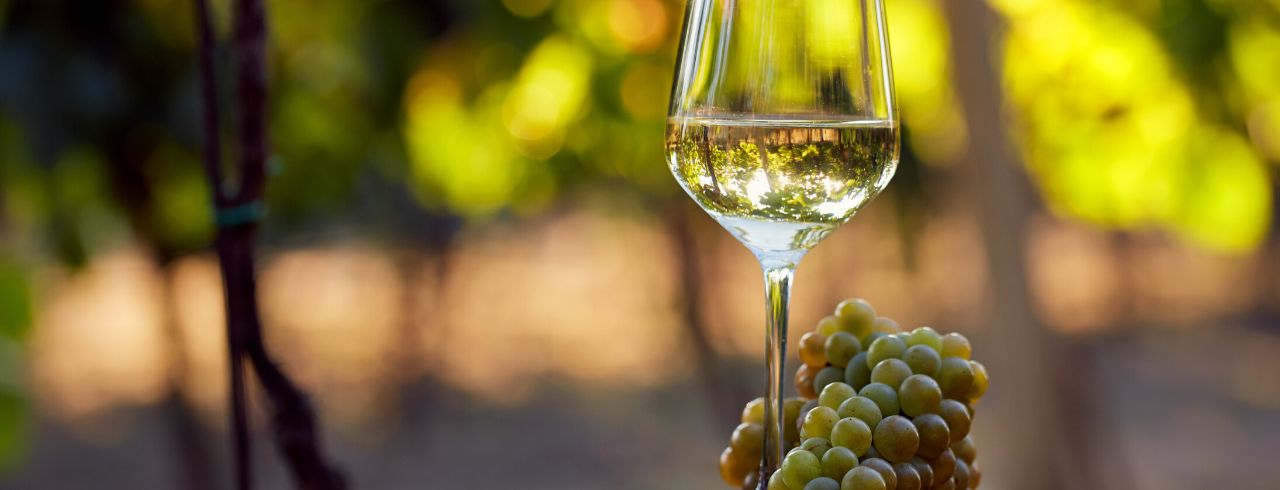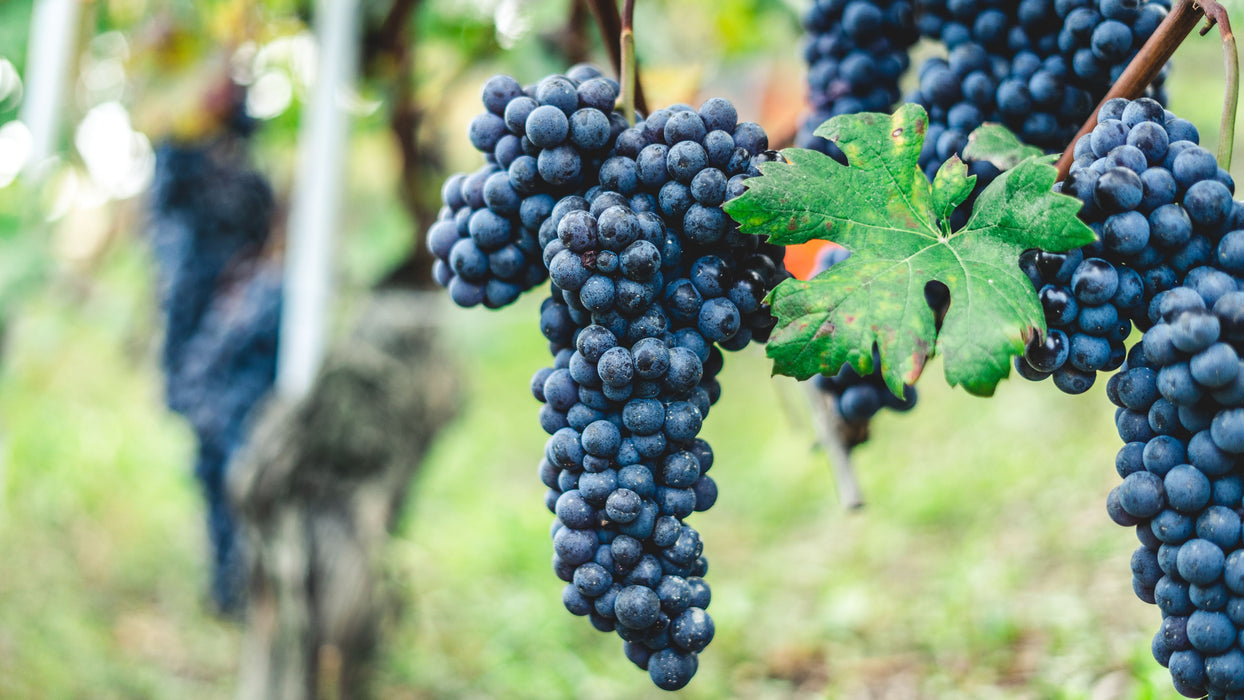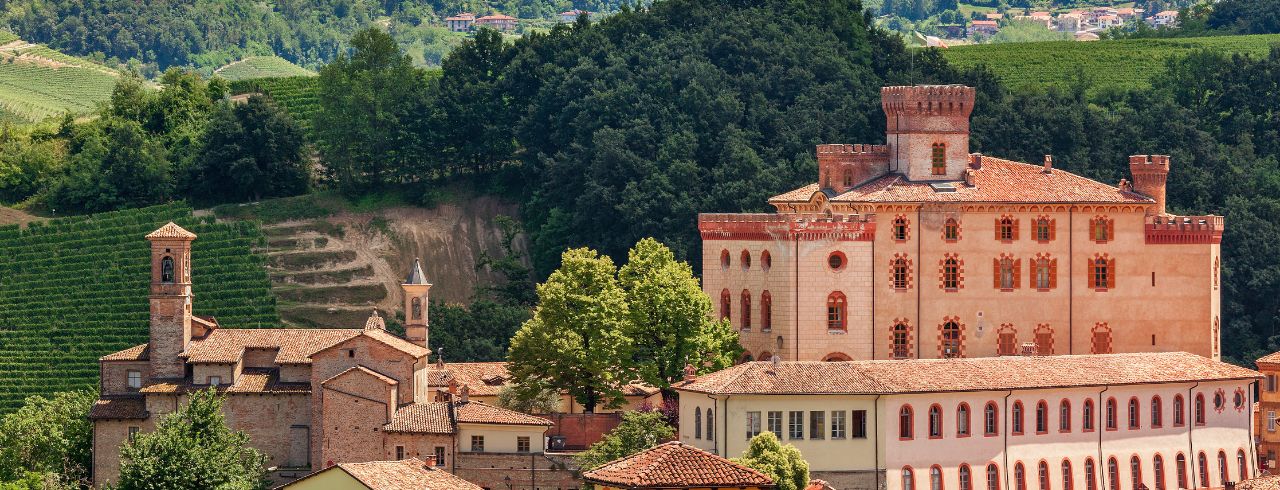
Barolo
Bah-ro-lo
Parents & Origin: Nebbiolo (indigenous, Northern Italy)
Grape: Small, thin-skinned, glaucous, red
Flavors: Tar, rose, truffle, chocolate, dried fruit
Notable Regions: Piedmont, Italy (DOCG)

The History of Barolo
Barolo is made from the Nebbiolo grape, thought to be an indigenous varietal in Italy’s Piedmont region in its northwest. Nebbiolo has been used in winemaking since the 13th century, but the modern concept of Barolo did not originate until the mid-1800s.
The origins of Barolo are disputed; however, many agree that the wine’s current flavor profile was developed in part by Camillo Benso, Count of Cavour (you may remember him from your history books as a leading figure in Italian unification). Many historians agree that Barolo was a much sweeter wine before Cavour’s intervention, upon which he urged winemakers to produce a drier, more sophisticated product in line with contemporary trends. Throughout this early history, Barolo became known as “the king of wines, the wine of kings” due to its association with Italian royal figures.
For much of its existence, Barolo was purely a “slow and steady” wine due to its long fermentation process and even longer aging period (up to 10 years). Its flavors were also fairly standardized due to the dominance of negociants, or winemaking conglomerates that would blend grapes from across the region into a single style. However, as wine producers began to differentiate their products in the 1970s and 80s, international trends favored sweeter, fruitier, and more drinkable wines, causing some Barolo producers to move toward this style. Thus began the “Barolo Wars,” a squabble that pitted “modernist” producers, who favored advanced machinery and new-school flavors, against “traditionalists” who favored the old style of long maceration, fermentation, and aging.
No clear winner emerged in the Barolo Wars, though the competition was eased after Italy’s implementation of Denominazione di Origine Controllata e Garantita (DOCG) regulations. This established a minimum aging period of three years (five for riserva Barolo), in addition to restrictions on yield and alcohol content. Today, Barolo is one of the most important and respected Italian wines, with most producers taking a middle-ground approach to production and consistently delivering on its DOCG-guaranteed quality.
Interesting Fact: The details of the Barolo Wars were so intense and complex that they spawned an award-winning 2014 documentary, Barolo Boys: The Story of a Revolution. The film details the modernist producers’ journey and their unprecedented impact on the industry.
Barolo Food Pairings
Despite its prestige as “the wine of kings,” Barolo can in fact be a fairly versatile wine when paired with food.
The Best Barolo Food Pairings
Barolo’s high tannins and acidity make it ideal for barbecued meats, mushroom risottos, and steaks. It also goes excellently with truffles and robust charcuterie boards. Ultimately, any hearty and rich meal will pair well with the firm tannins of Barolo.
Barolo Tasting Notes

Law dictates that Barolo must be made from 100% Nebbiolo grapes and aged for at least three years, with a minimum of 13% ABV. All Barolo wines are relatively high in tannins and acidity, with a great deal of flavor imparted by the oak of the casks in which it is aged. The result is a full-bodied wine with a classic “tar and rose” aroma, with additional flavors of truffles, chocolate, dried fruit, eucalyptus, and leather.
Barolo's Delicate Flavors
Nebbiolo grapes are known for their thin but highly tannic skins, leading to a full and bitter flavor that is further enhanced by the wine’s long fermentation process on top of the grape skins (usually days to several weeks). Flavors are further developed by the uniqueness of the Nebbiolo grape itself, which offers high acidity and a full body despite its relatively translucent color.
Barolo's Aging Potential
Barolo is known as one of the most age-friendly wines due to its high tannins, which can bring out more complex flavors when set aside for up to 10 years. In fact, the aging of Barolo has been codified in its DOCG regulations, which dictate that to be deemed “Barolo,” a wine must be aged for a minimum of 38 months, with 18 of those months in a wooden cask. Riserva Barolo wines must be aged for a total of 5 years minimum, usually with at least 3 years in wood. While some producers offer minimum-age Barolo (aged in new French oak) with fruitier tastes, many of the “traditional” Barolos are aged for many years in old oak.
Geographical Variations in Barolo
Barolo’s flavors and aroma can also be influenced by geography, both with regard to soil type and climate. Of the main communes in the region, both La Morra and Barolo proper offer a softer, quicker-aging wine due to fertile soil. In contrast, Monforte d’Alba and Serralunga d’Alba wines take longer to mature due to less fertile soil, while the Castiglione Falletto region is somewhere in between. Communes in the DOCG region also have some slight climate differences, with Barolo itself offering a longer growing season, though some areas like Barbaresco impart unique flavors due to warmer temperatures.
Barolo in a Nutshell
Since its early origins, Barolo has seen a great deal of change and conflict, with its entire flavor profile changing both due to Cavour’s influence as well as the Barolo Wars. Nonetheless, it has endured as one of Italy’s most famous and most adored wine varietals. Offering a classic aroma of tar and roses, along with additional rustic flavors, Barolo is sure to impress regardless of whether it has traditionalist or modernist origins. A bottle of Barolo is the perfect complement to rich meats, dishes heavy in truffles or mushrooms, and charcuterie boards, making it a true must-have for any Italian wine aficionado
